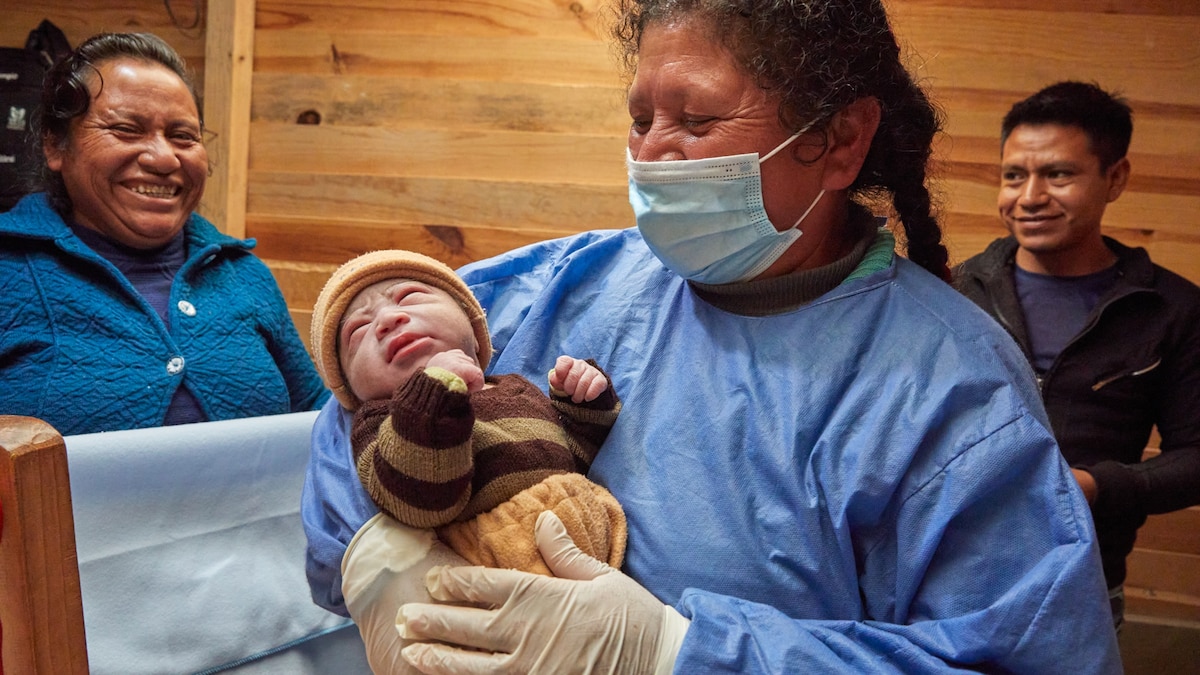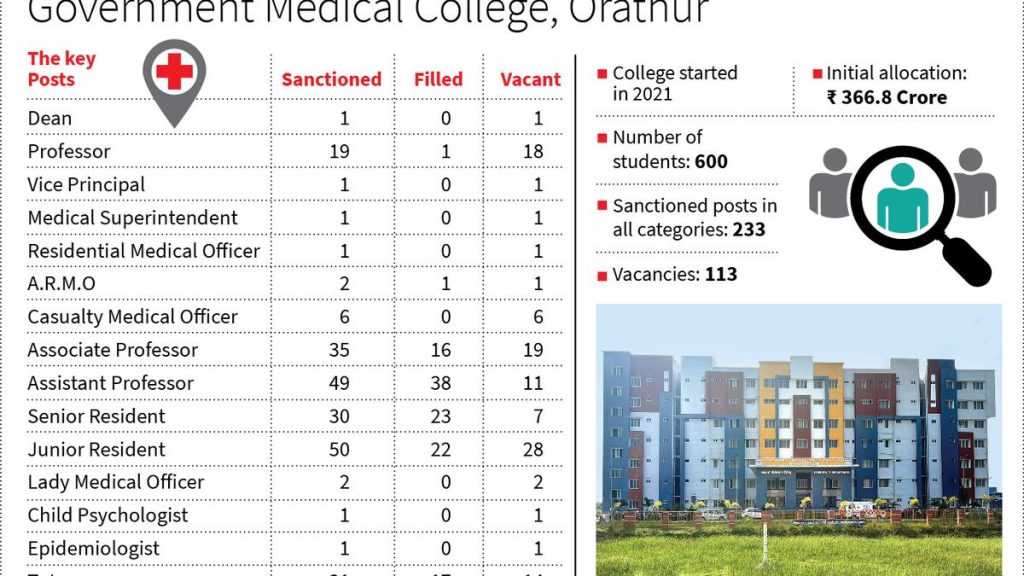Now Reading: Are Midwives Key to Solving America’s Maternal Health Crisis?
-
01
Are Midwives Key to Solving America’s Maternal Health Crisis?
Are Midwives Key to Solving America’s Maternal Health Crisis?

Speedy Summary
- Mother Health International (MHI): A birth center in Northern Uganda uses a midwife-centric model that collaborates with local midwives ensuring safer delivery processes.It has assisted over 20,000 births as 2007 adn has never lost a mother.
- Maternal mortality Impact: MHI’s approach significantly reduced maternal mortality rates by saving over 60 lives, which is notable in East Africa where such outcomes are rare.
- US Maternal Care Concerns: The U.S. has the highest maternal mortality rate among wealthy nations-18.6 per 100,000 live births-with racial disparities affecting Black women (50.3 deaths per 100,000 live births).
- Midwifery Benefits: Research shows midwife care reduces interventions like C-sections and improves health outcomes for mothers and newborns. across low-income nations, scaled-up midwifery could prevent up to 82% of maternal deaths.
- Challenges in Midwifery Adoption:
– only around 10% of U.S. births involved midwives as of 2020 despite documented benefits.
– Obstetrician shortages are predicted by 2030 especially affecting rural areas while costs for hospital deliveries continue to rise (median cost $29K for vaginal birth; $38K for C-sections).
– Structural barriers like implicit bias and lack of funding/residency programs hinder progress.
- Recent reforms like CMS’s “Transforming Maternal Health” model aim to expand access to midwifery care while calls persist for systemic reimagining.
Indian Opinion Analysis
India faces challenges similar to those highlighted globally regarding maternal healthcare-including high costs, disparities in access between urban and rural populations, and reliance on often overcrowded hospital systems during childbirth. Lessons from Uganda’s MHI demonstrate how empowering traditional community-centric healthcare approaches combined with certified expertise can yield significant improvements.
For India-which has long embraced grassroots health schemes such as ASHA workers-the adaptation of midwife-focused frameworks could augment existing systems effective at preventive care but stretched during service delivery phases like childbirth well-being intervention or neonatal support further lowering national Maternal Mortality Ratio(MMR).Despite varying socio-economic contexts implementing community-driven/cost-efficient scaling appears logical capable initiating sustainable equity majorly benefitting marginalized communities advocating transformations respecting localized nuance valuable intersection]<=####

























